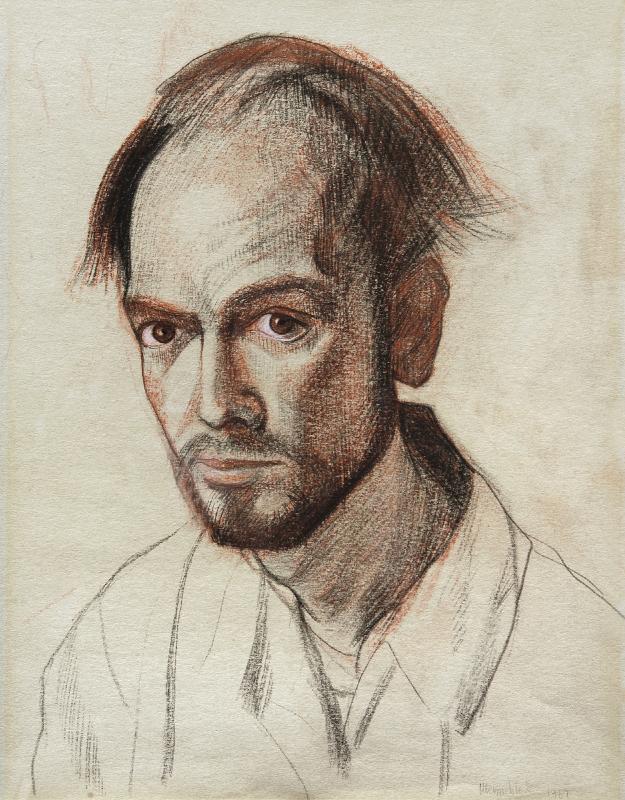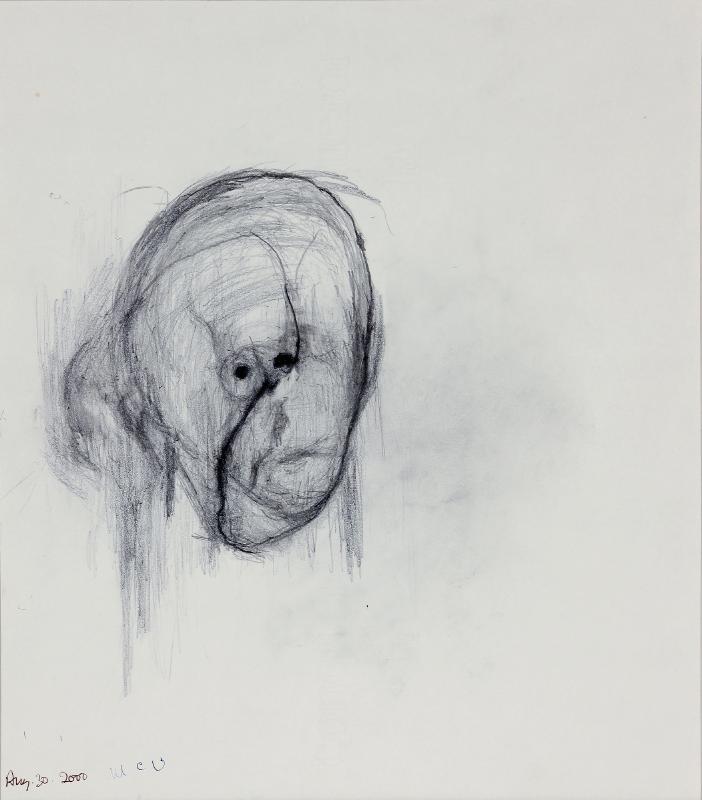Continuing Self-Expression
Alzheimer's Disease, and any other cognitively degenerative disease for that matter, does not rob individuals of their personality/individuality or their capability of self-expression. Though a disease may change how an individual is able to express themselves and may change how they identify, it does not change these innate, human factors an individual possesses. This should not however, make light of the hardship and upset these changes may cause to an individual and loved ones. Instead, the persistence of self-expression and individuality is being discussed because when cognitive decline affects someone, their autonomy, personal values, and voice are at high risk of being stifled by others. Though this may sound outright malicious, the dismissal of expression(s) from individuals diagnosed with Alzheimer's Disease is typically done so unknowingly, and from individuals who intend to help. Just because an individual's self-expression may look and/or sound different compared to how it once was, this does not mean it carries less weight or meaning. This section of the exhibit contains examples of different ways that individuals with Alzheimer's Disease have expressed themselves, both before and after diagnosis. The focus: though expression style may change, self-identity and personality are ever-present in human beings.
These first two drawing were created by William Utermohlen, an American artist, at separate points in his art career. The top artwork, an untitled, mixed medium on paper piece, was created in 1967 somewhat early in his professional art career. The lower piece, Head i, was created in 2000, near the very end of his career. Though Mr. Utermohlen is best known for his "Conversation Pieces" paintings, he created a multitude of standalone and series-style works throughout many decades. Many now argue that his most famous works would be within his self-portrait series, as these became greatly accredited after his Alzheimer's Disease diagnosis. As Mr. Utermohlen uniquely included self-portraits in part of his self-expressive artwork throughout his lifetime, viewers can witness how his inward reflections may have changed over the years as well as how his diagnosis may have affected him personally. For instance, towards the very end of his career, Mr. Utermohlen began refraining from using many colors he once did and typically drew back to gray-scale artworks; was this to showcase different emotions? It can be noted that he also began to include less detail and lining structures began to change; was this due to physical limitations disease brought on? Though comparisons can be made, the core of Mr. Utermohlen's work and self-expression through art never changed. Similarly, the weight of each piece's meaning and literal expressive content (i.e. the eyes, mouth, etc.) does not waver between the decades of his work. No matter what stage of his career, Mr. Utermohlen showcased his unique and recognizable personal style to the world with passion.
This is an interview between a daughter and mother, Misha Hines and Nancy Bond respectively, discussing what they are thankful for. This modified interview is a great example of how individuals with Alzheimer's Disease, like Mrs. Bond, are still fully capable of expressing themselves and at the very least should be respected enough to do so. Though individuals may express themselves differently from how they used to within dialogue settings, this does not invalidate what they have to say or take from their personal expression. As Mrs. Bond describes, it is always very important to have a safe, warm, and fun environment to live within, no matter your age! Mrs. Hines also displays a great way to modify personal communication styles if speaking with someone who may have language processing difficulties; for instance, longer pauses do not automatically mean a person is finished talking, so one should be more aware of the potential of interrupting someone. Similarly, Mrs. Hines treats her mother with full respect, ending the interview as soon as Mrs. Bond indicates those are her wishes. Why is this mentioned? It is not only vital to make sure that there is room for self-expression during cognitive decline, but it just as important to fully listen instead of directly making a choice for someone.
James Brooks was another very talented artist who created paintings and mixed media on paper throughout his professional career. Though Mr. Brooks has numerous well-known artworks, he is best known for the overall painting style(s) he helped popularize in the 1960's and onwards. The above painting showcased, Igor S., was created as a heartfelt tribute to the famous composer, Igor Stravinsky, after his passing. This painting is credited as one of Mr. Brooks most impressive pieces, not just because of the story behind it, but also because of the detail and depth of colors it showcases. The lower piece is an untitled work created within the same year that Mr. Brooks received his Alzheimer's Disease diagnosis. Mr. Brooks is yet another example of how individuals continue to showcase their personalized self-expressions throughout and after potential diagnoses, just as they had previously. Interestingly, Mr. Brooks also utilized less color in his artworks after his diagnosis and moved towards a gray-scale like previously mentioned regarding Mr. Utermohlen's work. However, this is most likely just a coincidence in personal choices regarding artwork creation and the meanings behind it, instead of something directly relating to Alzheimer's Disease.
Carolus Horn is a very well-known German artist who specialized in very intricate and realistic artwork showcasing everyday life. A little over half-way through his professional art career, Mr. Horn was diagnosed with Alzheimer's Disease. He too, continued showcasing his self-expression publicly through his art until his passing. The four works by Mr. Horn showcased here were compiled by John E. Morley, though they are commonly found being referring to each other. These works by Mr. Horn are especially popular because of how similar they each are though they each do look distinct; further, each of these were created at a different period in Mr. Horn's life. Researchers and general art critics have been known to compare how drastic of a change his artwork went through, yet how it is still distinguishably his. For instance, Mr. Horn always maintained a deep level of complexity and life-like scenery within his artistic, personal expression. However, as his cognitive degeneration progressed, he seemed to not utilize nearly as many "fine line" details within his works, and instead began to use much more vibrant coloring. Of course, these changes may have been more so due to personal expression changes and not directly related to his diagnosis. Overall, Mr. Horn is always a wonderful example of how individuality and self-expression do not decay with a diagnosis.




